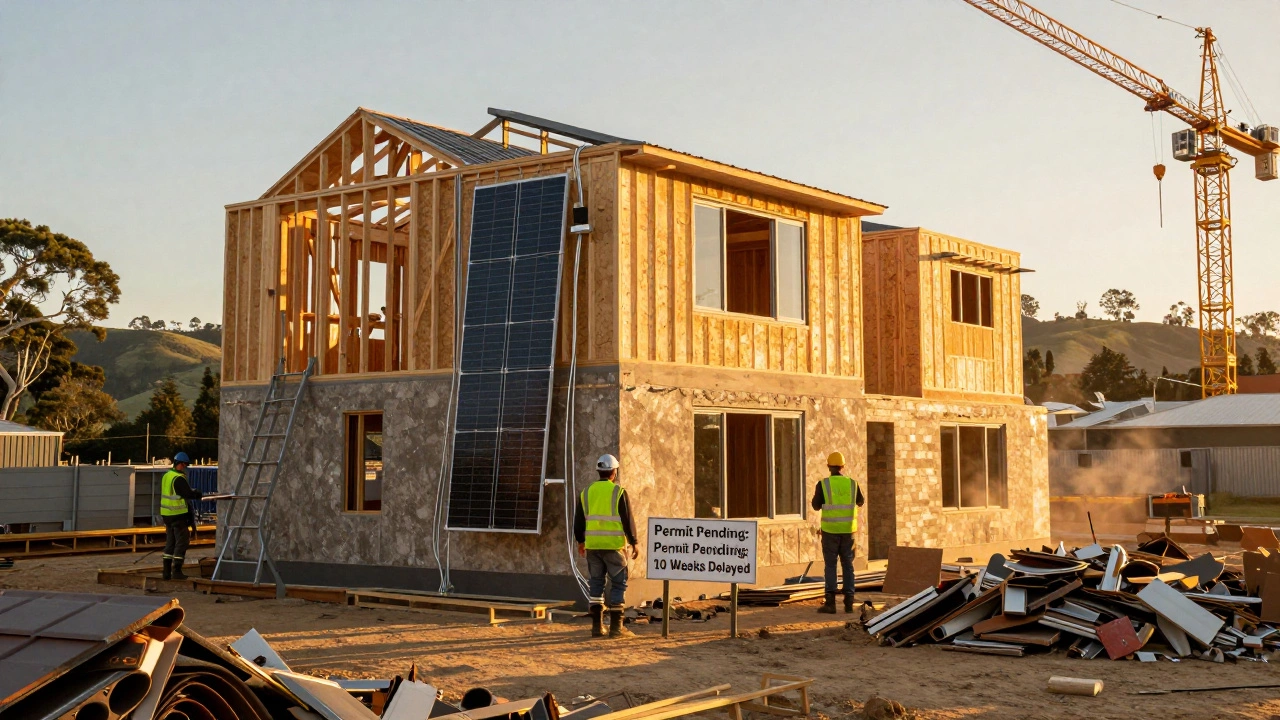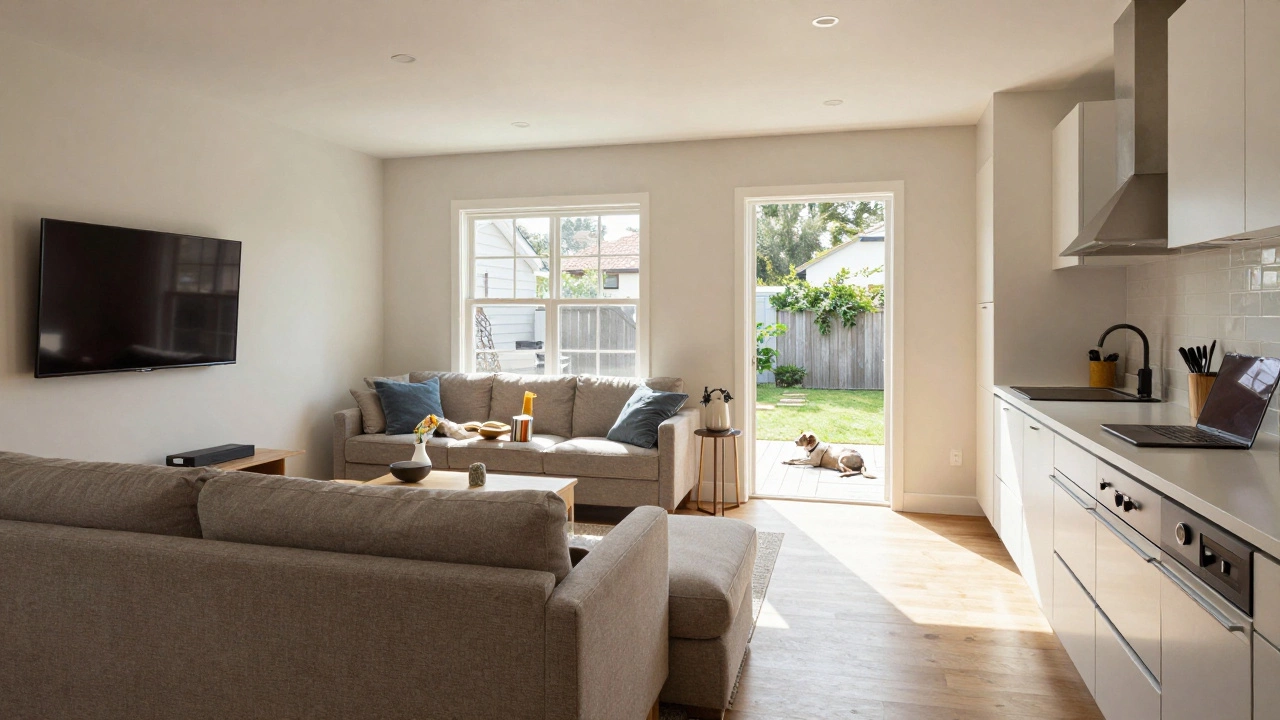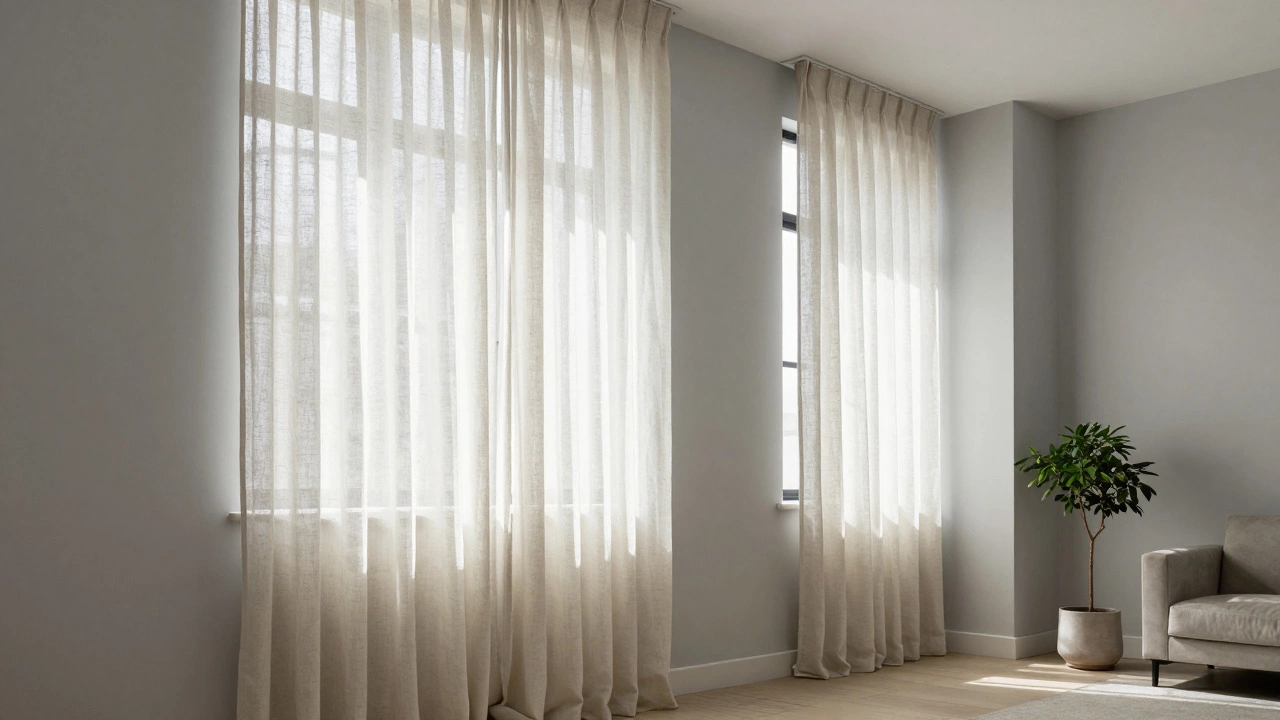Planning vs Building Permit: The Quick Guide You Need
If you’re starting a project, the words “planning permission” and “building permit” can sound like the same thing. They’re not. One tells you what you can build, the other tells you how you can build it. Getting them mixed up can cause delays, fines, or even a stopped work order. Let’s clear up the confusion so you can move forward with confidence.
When Do You Need a Planning Permit?
A planning permit (or planning permission) is about the big picture. Your local council looks at things like the design, height, impact on neighbours, and whether the use fits the area’s zoning rules. If you want to add a new extension, change the use of a building, or knock down a wall that affects the external look, you’ll need planning permission. The application usually includes drawings, photos, and a description of the intended use. Expect the council to take a few weeks to a few months to decide, especially if neighbours raise objections.
When Is a Building Permit Required?
A building permit (often called a building control approval) deals with the technical side of construction. It makes sure the structure meets safety standards, energy efficiency rules, and fire regulations. Even if you have planning permission, you still need a building permit before any work starts. The process involves submitting detailed construction drawings to the local building control office, who will check things like load‑bearing walls, insulation, and ventilation. Inspections happen at key stages – foundation, structure, and finish – to confirm compliance.
In many cases, you’ll submit both applications at the same time. This can speed things up because the council can forward the planning decision to the building control team. However, you can’t start building until the building permit is signed off, even if planning permission is already granted.
What about smaller jobs? Minor interior alterations, like fitting a new kitchen or changing a bathroom layout, often don’t need planning permission, but they may still require a building permit if they affect structural elements or services. Always check with your local authority’s website – they usually have a simple checklist to tell you what’s needed.
Getting the paperwork right saves you from costly re‑work. If you build without the proper permit, the council can issue a stop‑work notice, and you might have to undo completed work. That’s a huge waste of time and money.
Here’s a quick tip: talk to a professional early. Architects, planning consultants, or experienced builders know the local rules and can help you fill out the forms correctly. They can also advise if your project qualifies for any exemptions, which can cut down the approval time.
Remember, planning permission is about “what” you’re doing, and a building permit is about “how” you do it. Both are essential for a smooth, legal build. Keep copies of all approvals, and make sure your contractor follows the approved plans step by step.
So before you swing that hammer, double‑check you have the right permission in hand. A little homework now prevents headaches later, and gets you closer to that finished project you’re dreaming of.






